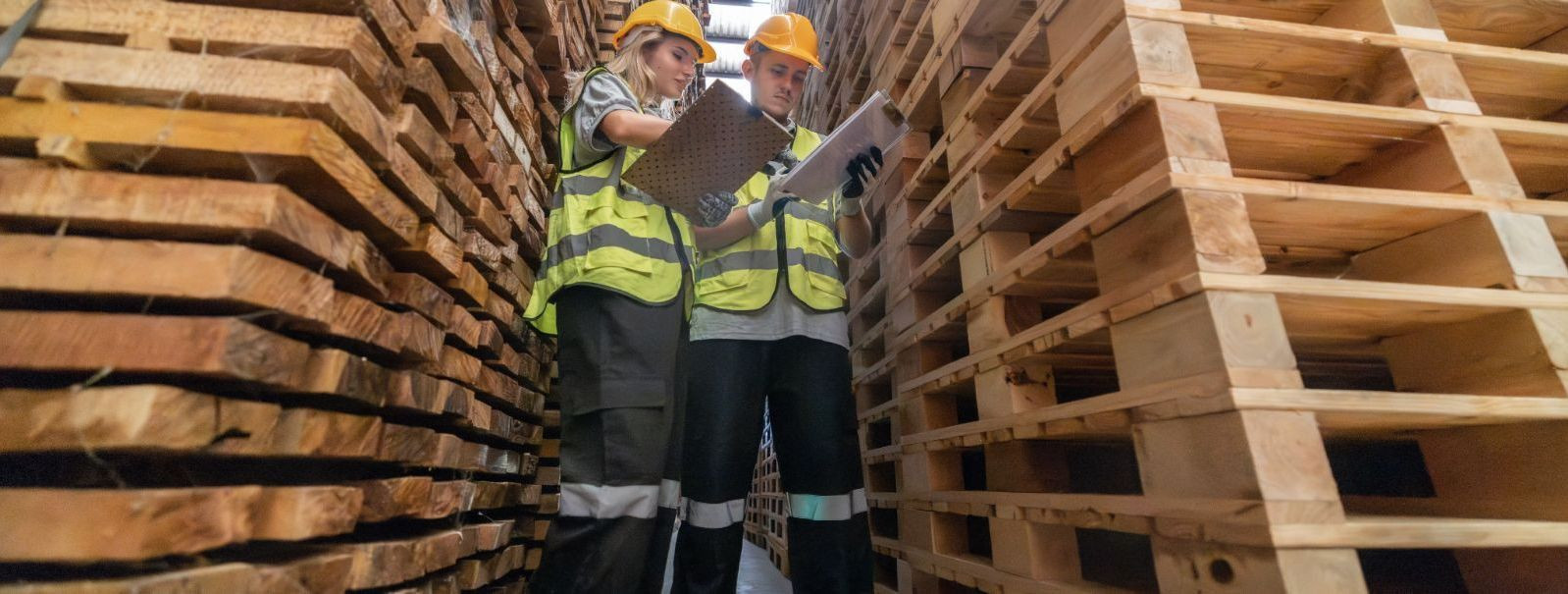How to choose the right base elevation for your project
Base elevation refers to the designated level above sea level at which the foundation of a structure is set. It is a critical factor in construction and architectural design, as it determines the stability and longevity of a building or infrastructure. The right base elevation can protect against flooding, ensure proper drainage, and provide a solid foundation for the structure.
Several factors influence the choice of base elevation, including topography, climate, soil conditions, and local regulations. Understanding these elements is essential for selecting an elevation that meets the specific needs of your project.
Assessing Project Requirements
Site analysis is the first step in determining the appropriate base elevation. This involves evaluating the topographical features, existing structures, and natural drainage patterns of the area.
The scale and complexity of the project also play a significant role in choosing the right base elevation. Larger, more complex projects may require more detailed analysis and a higher base elevation to accommodate additional structural loads.
It's important to consider the long-term implications of base elevation decisions. This includes accounting for potential changes in the environment, such as rising sea levels or increased precipitation due to climate change.
Environmental Considerations
Choosing the right base elevation can minimize the impact on the surrounding ecosystem. It's crucial to assess how the elevation will affect local wildlife, vegetation, and water bodies.
Implementing sustainable practices in base elevation decisions can lead to more environmentally friendly construction. This includes using materials that are less disruptive to the natural landscape and promoting biodiversity.
Technical Aspects of Base Elevation
Conducting soil analysis and geotechnical surveys is vital for understanding the bearing capacity of the ground. These studies help determine the safest and most effective base elevation for the soil conditions present at the site.
Effective drainage and water management are essential for maintaining the integrity of the base elevation. Proper planning can prevent water-related issues such as erosion, flooding, and foundation damage.
The base elevation must be capable of evenly distributing the load of the structure to avoid uneven settling or foundation failure. This requires careful calculation and consideration of the weight and design of the building.
Regulatory Compliance and Safety Standards
Compliance with local building codes and regulations is mandatory when choosing a base elevation. These codes ensure that the structure is safe and suitable for its intended use.
Adhering to international standards and best practices can enhance the quality and safety of the construction project. It's important to stay informed about these guidelines when making base elevation decisions.
Cost-Benefit Analysis
A thorough cost-benefit analysis can help balance the long-term savings against the initial investment in base elevation. This includes considering the costs of potential future repairs or modifications if the base elevation is not adequately chosen.
Selecting the right materials for the base elevation is crucial for cost efficiency. Durable, high-quality materials may have a higher upfront cost but can result in lower maintenance and repair costs over time.
Seeking precision and sustainability for your construction projects? Contact WENTOS OÜ for expert base elevation solutions tailored to your needs.
Contact






Comments (0)